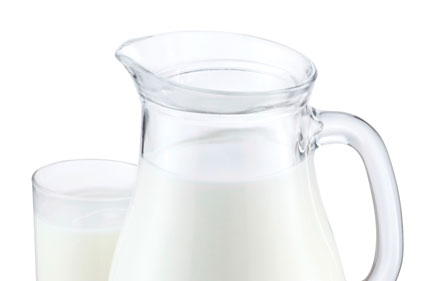The California cow “was never presented for slaughter for human consumption, so at no time presented a risk to the food supply or human health,” John Clifford, the USDA’s chief veterinarian, told reporters. “USDA remains confident in the health of the national herd and the safety of beef and dairy products.”
Clifford said authorities were still determining the age, birthplace and the exact timeline when the animal was found to have the disease, and when USDA officials were informed of the discovery. The cow is being held in California and will be destroyed, he said.
Mad cow disease is a progressive neurological disorder in cattle. A cow typically becomes infected by eating contaminated feed, but the USDA said that was not believed to be the cause in this case. Officials are still trying to determine how the fourth cow was infected.
Humans can become infected by eating tissue from diseased cattle and develop a fatal brain disease. USDA said mad cow does not spread through milk.
Tom Talbot with the National Cattlemen’s Beef Association said the top priority of cattle producers is raising healthy animals, and he noted efforts made by the industry in recent years.
“The bottom line remains the same: All U.S. beef is safe,” he said.
“The USDA has no reason to believe that any other U.S. animals are currently affected, but we will remain vigilant and committed to the safeguards in place,” said Agriculture Secretary Tom Vilsack.
USDA said the latest case -- the first confirmed since 2006 -- was found as part of its ongoing surveillance program that tests about 40,000 animals each year and targets cattle populations where the disease is most likely to be found.
Jean Halloran, director of food policy at Consumers Union, said the discovery points to the flaws that exist in the mad cow prevention program in the United States. Only a fraction of the estimated 34 million cattle slaughtered each year are tested, and the USDA continues to prohibit private companies from testing their own animals for the disease, she said.
“We have serious concerns about this,” said Halloran. “Yes, it detected this case, but does that mean there are dozens more that they didn’t detect or is this the only one out there? We really have no way of knowing when you have such a small testing program.”
The first confirmed U.S. case of mad cow disease, also known as bovine spongiform encephalopathy, was discovered in December 2003 in a cow imported from Canada to Washington state. Two subsequent cases were found in cows born and raised in the United States, one in Texas and one in Alabama.
Sens. Debbie Stabenow, D-Mich., and Pat Roberts, R-Kan., the top lawmakers on the Senate Agriculture Committee, said the discovery of the California cow shows that USDA has the necessary safeguards and is following international rules to protect against cases of mad cow disease.
“This case is again proof that internationally recognized science has performed just as it was intended, by immediately detecting a problem, protecting public health and further ensuring the safety of our nation’s livestock,” Roberts said. “I look forward to a good beef dinner tonight.”
Clifford said the USDA has begun to notify its trading partners and the World Organization for Animal Health. He said that the U.S. has taken the necessary steps to ensure its beef is safe and the latest finding “should not” hurt beef exports.
After mad cow was detected nine years ago, beef exports dropped from 2.518 billion pounds in 2003 to 460 million pounds in 2004, and only recently have they surpassed the 2003 level.
In 2011, USDA said there were 29 worldwide cases of mad cow disease, down 99% from its peak in 1992 of 37,311 cases. The government attributes the decline to the effectiveness of feed bans.
From the April 25, 2012, Prepared Foods’ Daily News
